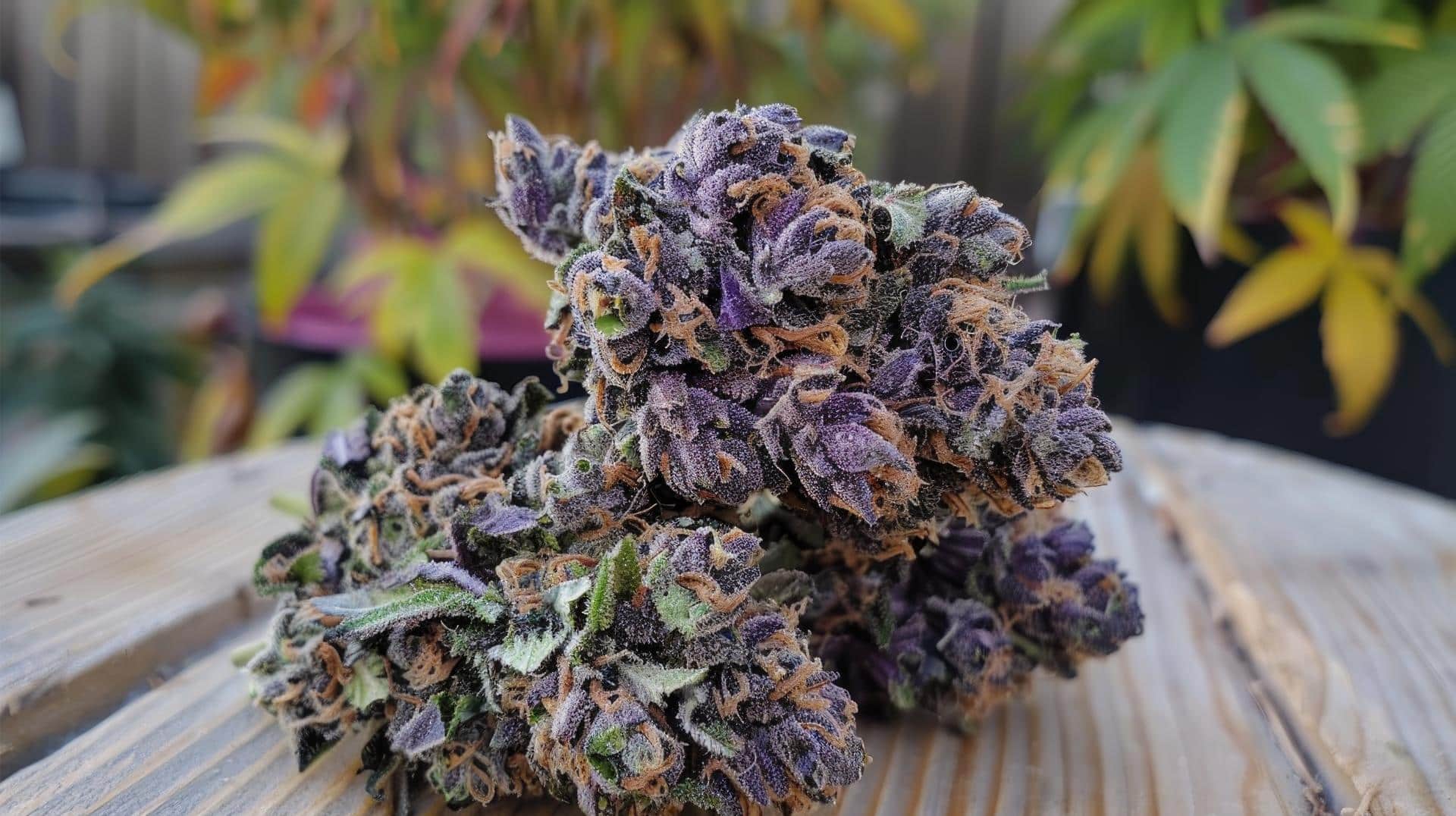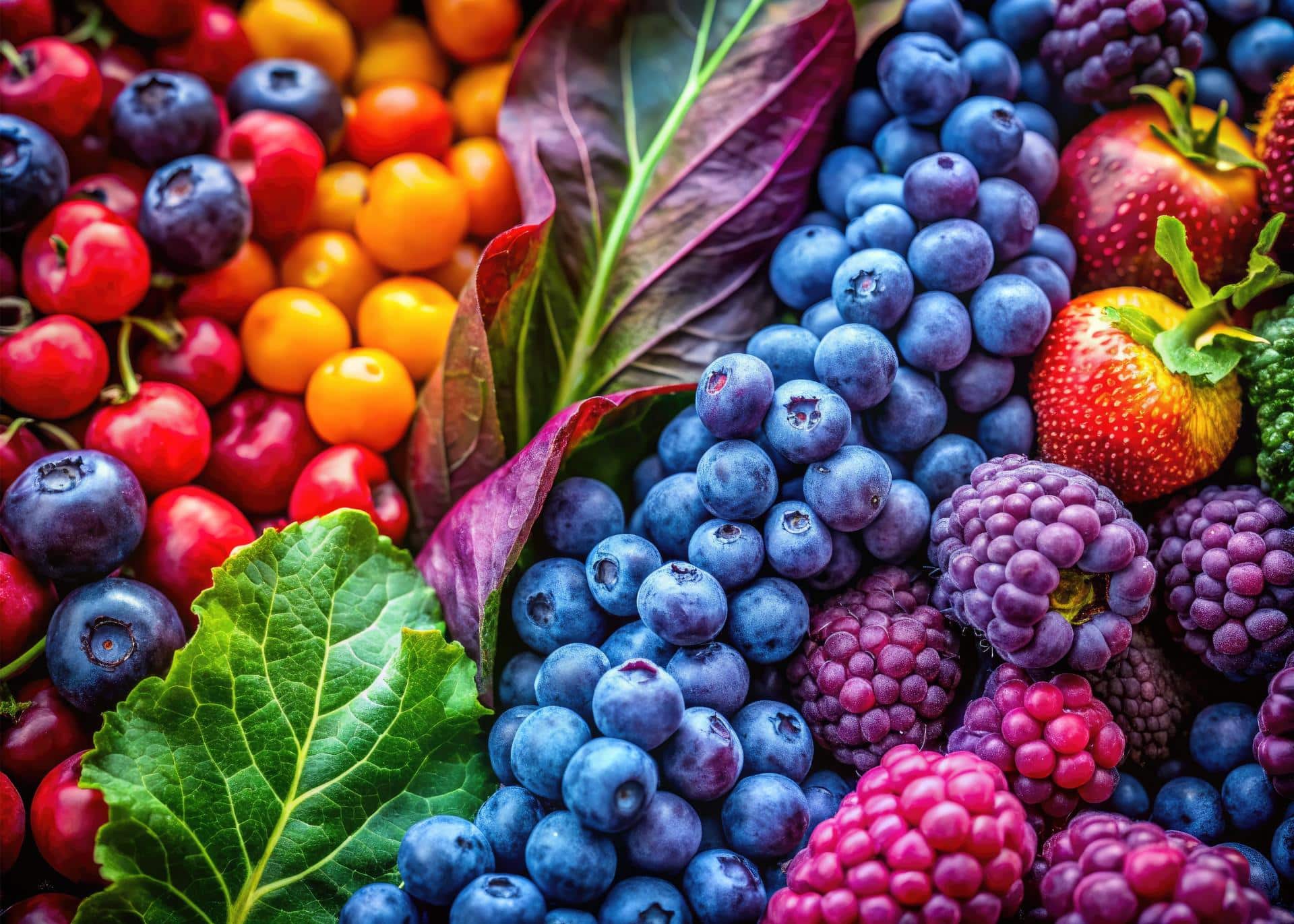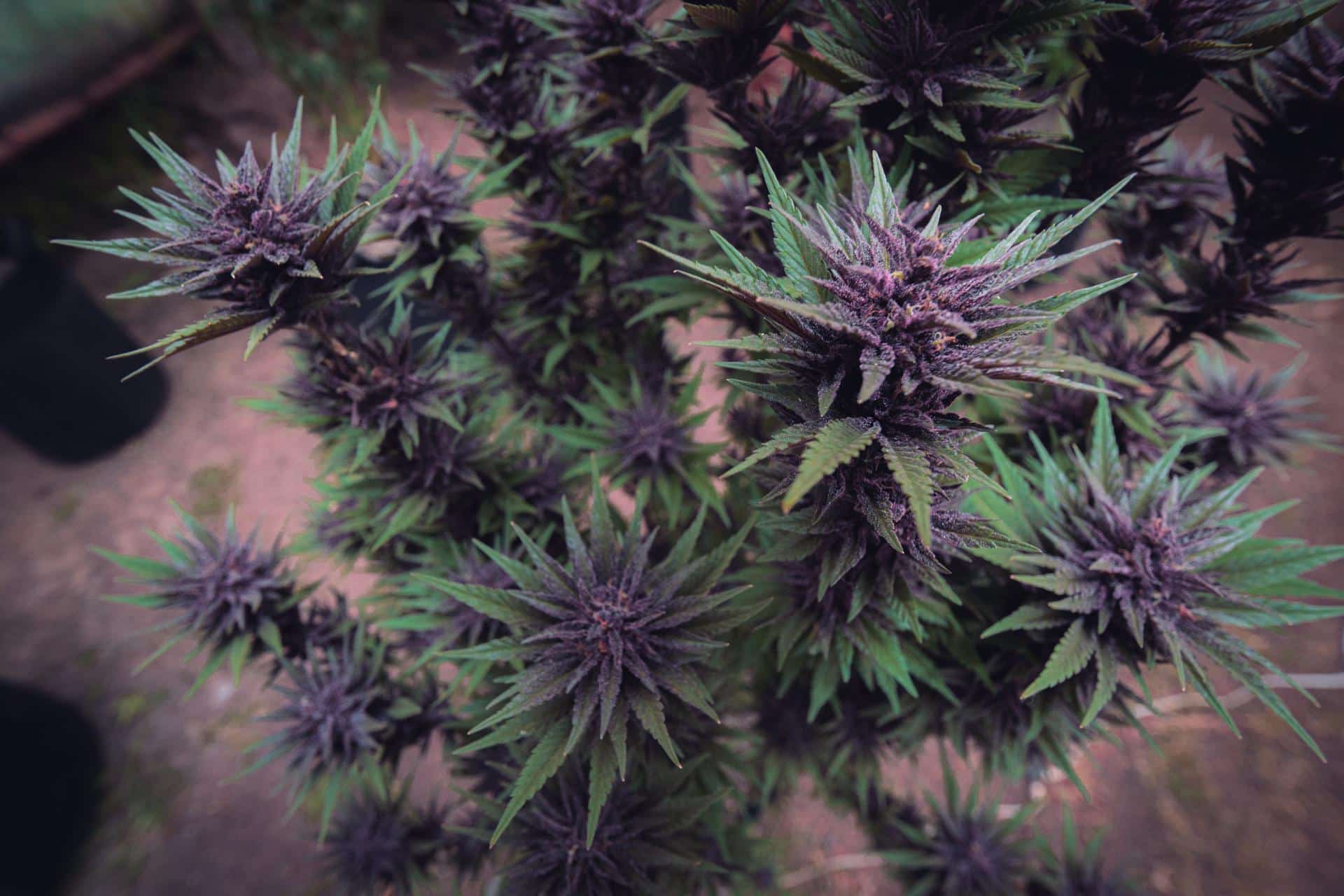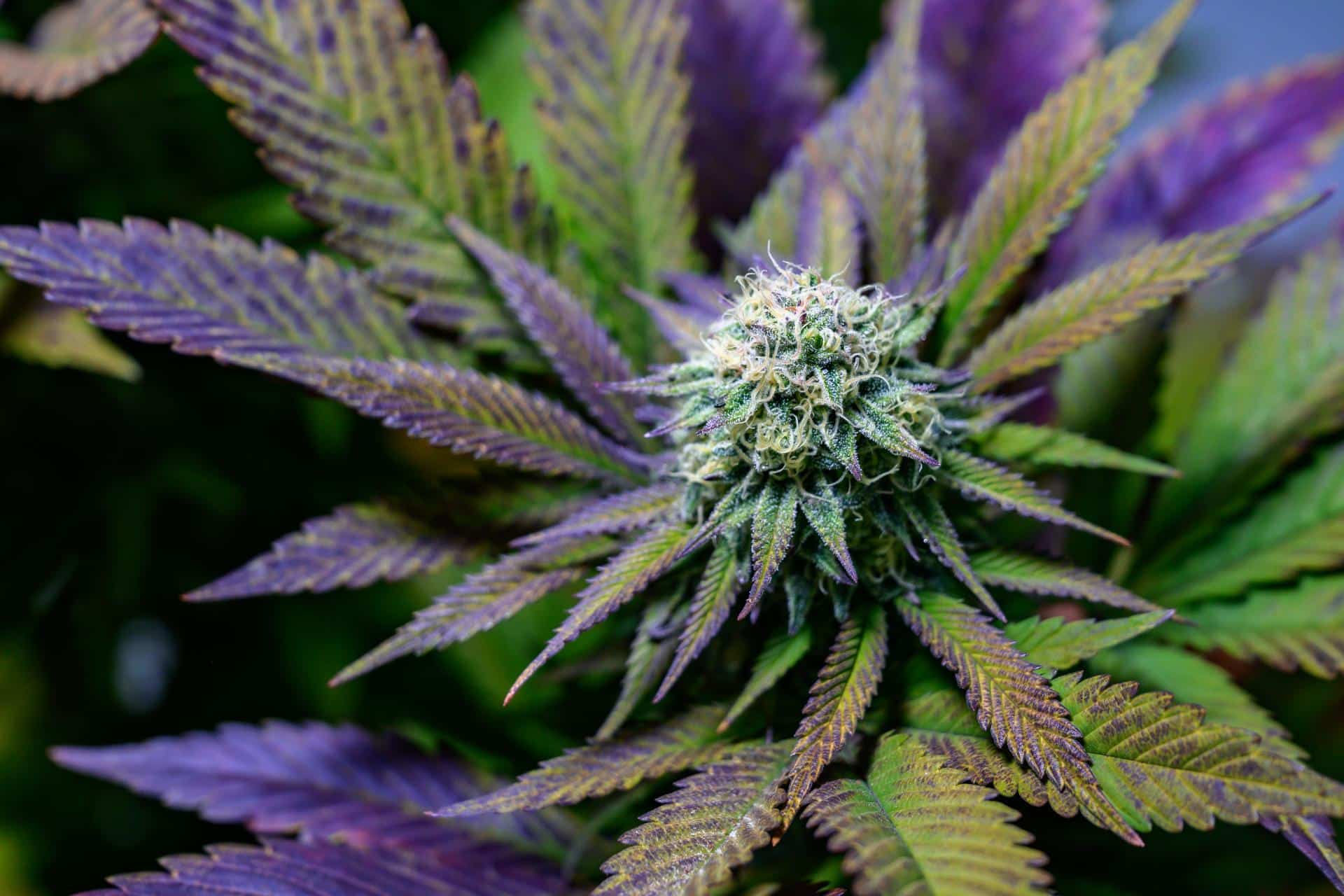What Makes Weed Purple? The Science Behind Purple Cannabis
Some weed just stands out. You’ve probably seen those bold purple buds and wondered—what makes cannabis turn purple? Is it stronger? Is it rare? Does it taste different?
Let’s break it down together. No fluff, no myths—just the real reasons purple cannabis gets its deep color and what that actually means for your high, your grow, and your smoke.

What is Purple Cannabis?
Purple cannabis refers to strains that naturally develop deep violet, blue, or reddish hues in their buds, leaves, or even stems. The purple coloring can show up during growth or after harvesting, depending on a few factors we’ll cover soon.
You’ll find these colors most often in indica strain types, but they can appear in hybrids too. While the color might be what grabs your attention, the science behind it is what makes these purple cannabis strains really interesting.
The Science Behind Purple Cannabis
Let’s clear something up: purple cannabis doesn’t get its color from food coloring, tricks, or anything artificial. It all comes down to plant science and how cannabis reacts to its environment.
Role of Anthocyanins
The color comes from natural compounds called anthocyanins. These are pigments found in many plants, like blueberries, grapes, and red cabbage, that give them their blue, red, or purple colors. Cannabis plants have these too, and when the conditions are just right, they’ll show.
Here’s what anthocyanins do:
- They build up in parts of the plant—buds, purple leaves, even stems
- They create purple hues when temperatures drop or when certain genes are triggered
- They’re not just for looks—they may have antioxidant effects (though that’s still being studied)

Factors That Influence Cannabis Color
So, how do you get those rich purple buds? These are the main things that affect how and when cannabis plants change color.
Genetics
Some strains are just built for it. Purple kush, purple indica, and other purple strains are bred with genetics that push anthocyanin production. If you want purple weed, start with a strain known for it.
Here are a few naturally colorful picks:
- Purple Punch
- Granddaddy Purple
- Purple Haze
Temperature
Cold nights can bring out the purple. When temperatures drop below 60°F (15°C), chlorophyll (the green pigment) fades, and anthocyanins take over. That’s when the purple really pops.
Growers often lower night temps late in flowering to bring out the color. Just be careful—not all strains react the same way.
Exposure to Light
Light is important as well. Some strains may become more purple when exposed to ultraviolet (UV) light. For bringing out vibrant colours, natural sunlight frequently outperforms artificial grow lights; however, spectrum tuning can be useful indoors.
pH and Nutrient Levels
Colour can be impacted by nutrient or pH imbalances, though this isn’t always a good thing. Stress-induced purple tones can occasionally indicate that a plant is unhappy. However, when done correctly, minor adjustments to pH or phosphorus levels can improve colour without harming the plant.

Is Higher Potency Associated with Purple Cannabis?
Quick response? Not all the time.
Although purple cannabis may appear potent, colour has no bearing on THC levels. They are caused by the plant’s growing environment, genetics, and methods of harvesting and curing it. If the grow was subpar, a pretty bud can still have mediocre potency.
Therefore, if you want a powerful high, look into:
- THC content (best tested in a lab)
- Freshness and aroma
Haze and purple hybrids can provide a lighter, more balanced feeling, while purple indica is typically a more calming strain.
Although the colour is cool, it doesn’t convey the whole picture. See past the purple.

How to Grow Purple Weed
Here is a quick reference guide for anyone considering growing their own purple cannabis:
Let’s Start with Purple Genetics
Rich colours are more likely to be seen in strains like Granddaddy Purple, Purple Punch, and Purple Kush.
Regulate the Temperature
Lower nighttime temps (but not too cold) can help trigger purple hues near harvest.
Carefully Adjust the pH and Nutrients
Keep your growth balanced. Slight tweaks in phosphorus and pH can support color without stressing your plant.
Use Full-Spectrum Lighting
Make sure your plants get the right wavelengths, especially if growing indoors. Some growers say UV-rich light helps anthocyanin expression.
And remember: don’t force it. Not every plant wants to turn purple, and stressing it too much can reduce your yield or potency.
Popular Purple Cannabis Strains
There are tons of purple marijuana strains, but here are some favorites that you can often find at your local Los Angeles cannabis dispensary:
- Purple Kush – A classic purple indica, perfect for evening use
- Granddaddy Purple – Relaxing, fruity, and great for stress relief
- Purple Punch – Sweet, smooth, and strong—great for winding down
- Purple Haze – A sativa-dominant strain with a creative kick
- Blackberry Kush – Earthy flavors and deep purple leaves
Each of these has different THC levels, flavors, and effects. Some are better for chilling out, while others help with focus or creativity. Try a few and see what works best for you.

Purple Weed Is More Than Just a Pretty Face
So now you know—it’s not magic, it’s science. Purple cannabis gets its color from anthocyanins, boosted by genetics, cold nights, and careful growing techniques. While it doesn’t automatically mean higher potency, it does offer a unique look, some great flavors, and a cool experience.
If you’re curious to try something new, head over to your favorite Los Angeles cannabis dispensary and ask for trusted purple strains. And if you’re thinking of growing your own, now you’ve got a solid starting point.
Purple, potent, or mellow—it all comes down to what makes your session better.
References
- (n.d.). What makes some marijuana purple?
- (n.d.). Purple weed strains: What makes weed purple and why it matters.
- MMJ Health. (n.d.). Everything you need to know about purple weed.
- The Chill Bud. (n.d.). 20 popular purple cannabis strains.





